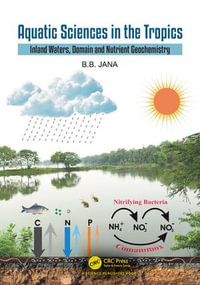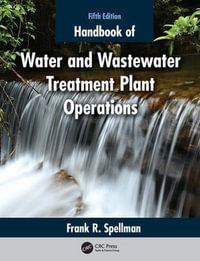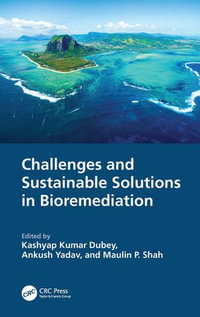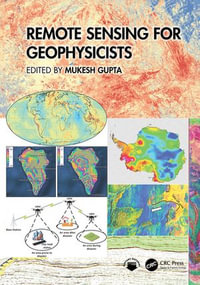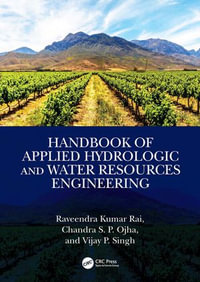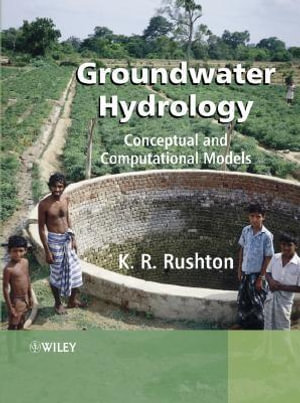
eTEXT
Groundwater Hydrology
Conceptual and Computational Models
By: K. R. Rushton
eText | 6 February 2004 | Edition Number 1
At a Glance
eText
$236.49
or
Instant online reading in your Booktopia eTextbook Library *
Read online on
Desktop
Tablet
Mobile
Not downloadable to your eReader or an app
Why choose an eTextbook?
Instant Access *
Purchase and read your book immediately
Read Aloud
Listen and follow along as Bookshelf reads to you
Study Tools
Built-in study tools like highlights and more
* eTextbooks are not downloadable to your eReader or an app and can be accessed via web browsers only. You must be connected to the internet and have no technical issues with your device or browser that could prevent the eTextbook from operating.
ISBN: 9780470871652
ISBN-10: 0470871652
Published: 6th February 2004
Format: PDF
Language: English
Publisher: Wiley Global Research (STMS)
Edition Number: 1
You Can Find This eBook In
This product is categorised by
- Non-FictionMathematics
- Non-FictionEarth Sciences, Geography, Environment, PlanningEarth SciencesGeology & The Lithosphere
- Non-FictionEarth Sciences, Geography, Environment, PlanningEarth SciencesHydrology & The HydrosphereLimnology & Freshwater
- Non-FictionEngineering & TechnologyCivil Engineering
- Non-FictionEngineering & TechnologyMechanical Engineering & MaterialsMaterials ScienceMechanics of FluidsHydraulics & Pneumatics








